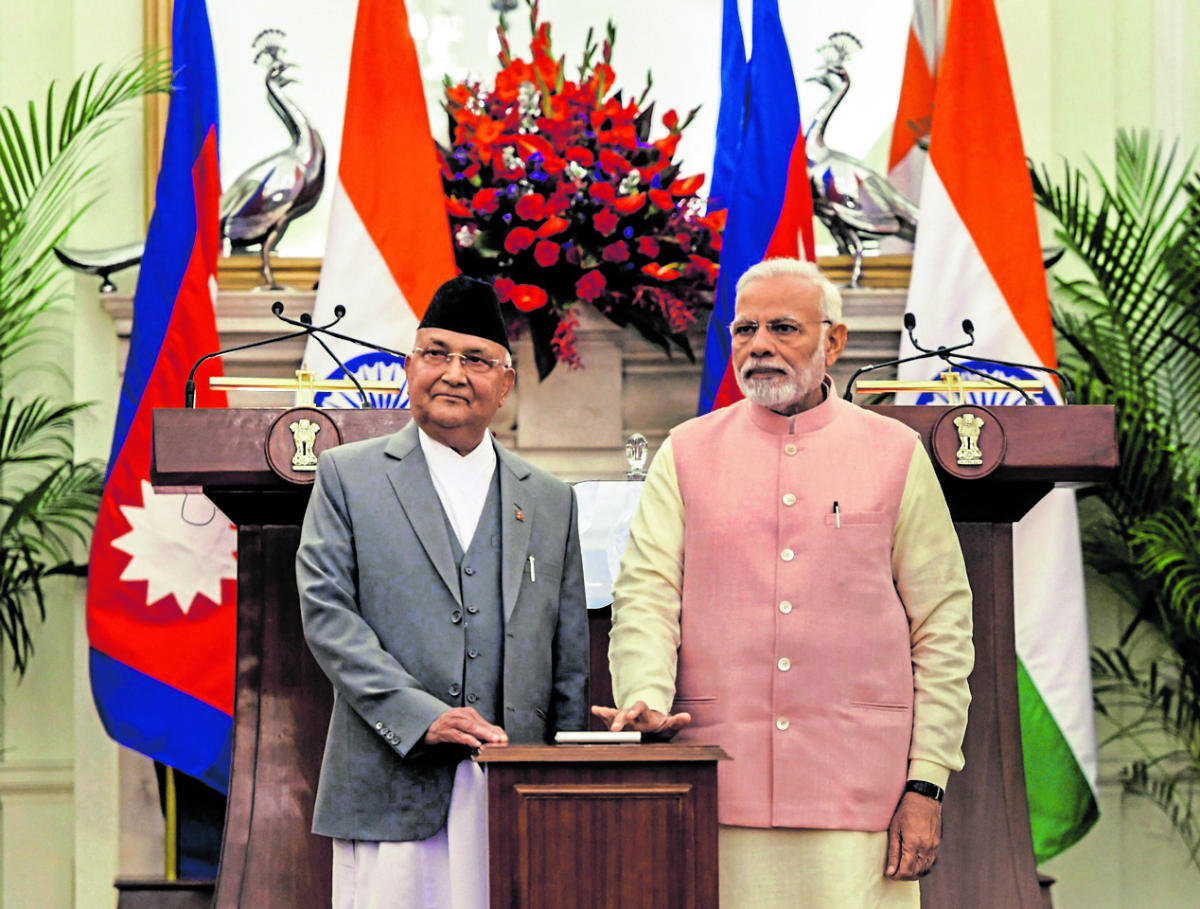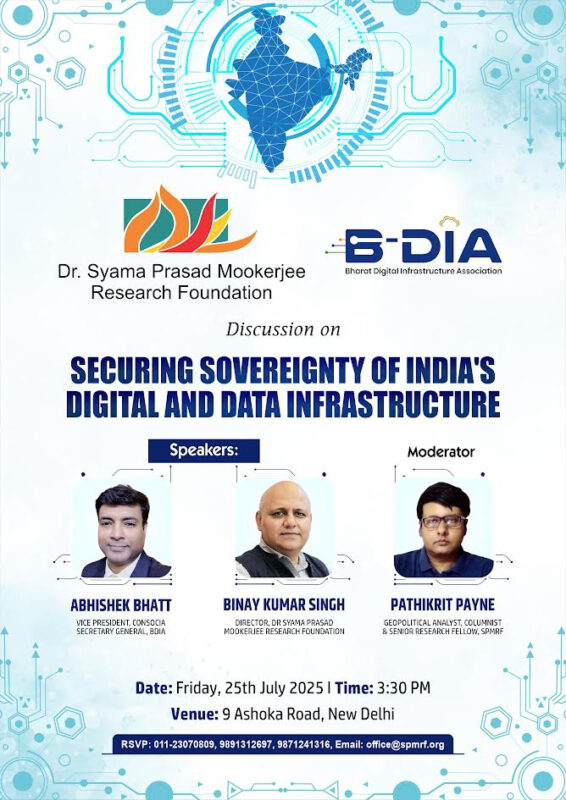Nihar Nayak
Prime Minister Narendra Modi visited Nepal on August 30, 2018. This washis fourth visit to Nepal since he assumed office in May 2014. During the visit,the prime minister attended the 4thBIMSTEC summit and also had parleys with the PM of Nepal on the sidelines of the summit leading to a few bilateral agreements.
Visit outcomes
On the sidelines of the BIMSTEC summit, PM Modi had a series of bilateral meetings with regional leaders. From India’s point of view, the 4th summit was a big success because the meeting adopted “to establish seamless multi-modal transportation linkages and smooth, synchronized and simplified transit facilities through the development, expansion and modernization of highways, railways, waterways, sea routes, airways in the region and direct our respective authorities to speed up their efforts to conclude the BIMSTEC Coastal Shipping Agreement and the BIMSTEC Motor Vehicle Agreement as early as possible taking into account the special circumstances and needs of the Member States.”
The member countries also vowed “to strongly condemn terrorism in all its forms and manifestations wherever and by whomsoever committed and stress that there can be no justification whatsoever for any act of terrorism. Affirm that the fight against terrorism should target not only terrorists, terror organizations and networks but also identify and hold accountable States and non-State entities that encourage, support or finance terrorism, provide sanctuaries to terrorists and terror groups and falsely extol their virtues.”
PM Modi also held separate meeting with his Nepali counterpart. There was a detailed review of all aspects of the bilateral relationship including ways to further deepen economic and trade ties. Taking forward from their May 2018 Kathmandu meeting, both the leaders witnessed signing of MoU regarding preliminary engineering-cum-traffic survey of the broad-gauge line between Raxaul (India) and Kathmandu (Nepal). They also agreed that the Government of India, in consultation with the Government of Nepal, would carry out preparatory survey work within one year, and the two sides would finalize the implementation and funding modalities of the project based on the Detailed Project Report. Both the leaders inaugurated the 400-bed Nepal-Bharat MaitriPashupatiDharmashala at Kathmandu.
Prior to the visit, the Nepali media discussed about PM Modi’s Lumbini visit, which he has been planning since 2014. Since PM Modi had expressedhis interest to visitLumbiniduring his June 2018 visit to Nepal, it was observed in the media that the Nepali government was willing to organize such a trip this time.
Significance of the visit
The visit happenedat a time when both India and Nepal are trying to improve the bilateral relationship after India’s reservations over accommodating minority groups (especially Madhesis)rights in the 2015 Constitution. The 2015-16 limitation of cargo movements through major India-Nepal border points due to the Madhesi agitation, gravely affected bilateral relations. Nepali perceived India’s response to that event as unofficial blockade against Nepal. These two events generated a new wave of resentment against India, which was largely neutralized after PM Modi’sfirst visit to Kathmandu in August 2014.
In the sub-regional context, the visit happened while China is trying to set up railway connectivity up to Kathmandu and has assured major infrastructure developments in Nepal under the BRI framework. The India-Nepal MoU on railways was signed therefore just a week after Nepal and China agreed to prepare a detailed project report of the Kyirong (Tibet)-Kathmandu railway line.
Cautious optimism
While PM Modi’s two consecutive visits to Kathmandu, and speedy implementation of the projects agreed upon at the bilateral level, improved the relations to a higher level,his informal invitation to member countries to join the BIMSTEC military exercise, which was held in Pune in September 2018, at the inaugural session of the summit created debate in Nepal whether the Nepali Army should join that or not. Nepalese Prime Minister K P Oli came under tremendous public criticism for agreeing to join the exercise, which was not adopted in the BIMSTEC resolutions. Just two day before the exercise, Nepal government decided not to participate in the exercise. Many factors could be responsible for the development including Chinese pressure not to participate. However, there are good reasons to believe that the Pune military exercise gave an opportunity to the Nepalese civilian authority to reassert control over the army citing public pressure that India wants to create a military block.
Final Observations
Overall, despite the fluctuating fortunes in the bilateral relationship, Nepalese still continue to put their faith in Modi hoping eventually for overall benefits. In Nepal the expectations over India have never been as high as in the time of the Modi-led NDA government. In fact, a large number of people in Nepal continue to believe Modi as Messiah of ‘positive change’ and ‘development’. While relationship at the state-to-state level has improved there is lot to be done in terms of implementation of major projects that include postal roads, Pancheshwar Multipurpose Project, assisting in setting up the Nepal Police Academy, constructing cross-border rail and transmission lines, mitigating Terai inundation, and post-earthquake reconstruction projects, etc.
(Research Fellow, Institute for Defence Studies & Analyses, New Delhi) ,
Disclaimer : Opinions expressed in this article are those of the author’s only
(The views expressed are the author's own and do not necessarily reflect the position of the organisation)


